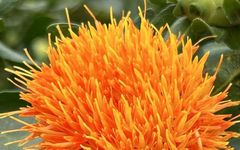Honghua (Safflower): Also known as: Grass Safflower.
【Source】Dried flowers of the plant Carthamus tinctorius L. from the Asteraceae family.
【Morphological Characteristics】An annual herb, 30-100 cm tall, with a smooth and hairless stem. The stem is erect and branched at the top. Leaves are alternate, nearly sessile, embracing the stem, elongated oval or ovate-lanceolate, 4-9 cm long, 1-3.5 cm wide, with a sharp tip, gradually narrowing at the base, and irregularly serrated edges with spines at the tips; upper leaves are smaller, forming bracts around the head-like flower cluster. Flowers bloom in summer, with head-like flower clusters at the top, 3-4 cm in diameter, with a nearly spherical involucre, multiple rows of involucral bracts, the outermost 2-3 rows lanceolate with unequal spines at the upper edges; the inner rows are oval with white translucent membranous edges, without spines; the innermost row is strip-shaped, membranous and transparent; the receptacle is flat. The flowers are bisexual, tubular, 2-2.5 cm long, fragrant, with 5 deep lobes at the tip, lobes narrow, initially yellow, gradually turning orange-red, and finally deep red when mature; there are 5 stamens fused into a tube, located above the flower crown, with arrow-shaped bases and filamentous anthers; there is 1 pistil extending above the anthers; the ovary is inferior, with a slender style and bifid stigma. The achene is white, oval, and without a pappus.
【Habitat and Distribution】Cold-resistant, drought-tolerant, and salt-alkali tolerant, widely cultivated across the country.
【Medicinal Properties】The tubular flowers without ovaries are 1-2 cm long. The surface is reddish-yellow or red. The flower crown tube is elongated, with 5 lobes at the tip, lobes narrow and 5-8 mm long. There are 5 stamens, with anthers fused into a tubular shape, yellowish-white. The stigma is long cylindrical with a slightly bifurcated tip. The texture is soft. It has a faint fragrance and a slightly bitter taste.
【Authenticity and Production Areas】The best quality has long flower crowns, bright red color, and soft texture without spines. Mainly produced in Henan (Yanjin, Fengqiu, Jixian, Yuanyang), Zhejiang (Cixi, Yuyao), Sichuan (Jianyang, Suining, Nanchong), and other regions.
【Collection and Processing】Harvest in May to June during the flowering period when the flower color changes from yellow to red, taking care not to damage the base ovary. Remove impurities, and dry the collected flowers under sunlight covered with white paper, or shade dry or dry with low heat. The best quality is soft and deep red (harvest should be done early in the morning before the dew dries and when the bracts are soft, but not too early).
【Preparation】① Honghua: Take the original medicinal material, remove impurities, calyx, and flower stalks, and sift out ash. ② Stir-fried Honghua: Take clean Honghua, place it in a pan, and stir-fry over low heat until slightly charred, then cool. ③ Honghua Charcoal: Take clean Honghua, place it in a pan, and stir-fry over high heat until reddish-brown, sprinkle with a little water to extinguish the embers, then cool completely. ④ Vinegar Honghua: Take clean Honghua, spray with vinegar evenly, and stir-fry over low heat until dark red, then cool. For every 100 kg of Honghua, use 20 kg of vinegar.
【Herbal Properties】Honghua is spicy and warm, entering the Heart and Liver meridians.
【Functions and Indications】Activates blood circulation and regulates menstruation, dispels blood stasis, and alleviates pain. It is suitable for amenorrhea, dysmenorrhea, retained lochia, abdominal masses, chest pain due to blood stasis, abdominal pain due to blood stasis, chest and flank pain, trauma, and painful sores.
【Dosage】3-10 g. Use with caution in pregnant women.
【Precautions and Contraindications】Adverse reactions to Honghua injection mainly include allergic reactions, as well as neurological reactions, fever, and rebleeding. Allergic reactions to Honghua injection are primarily rapid reactions. Therefore, patients should be closely monitored during the first 30 minutes of intravenous infusion, and the medication should be stopped promptly if any allergic symptoms occur.
【Common Prescriptions】
(1) Dysmenorrhea: Honghua 6 g, Jixueteng 24 g. Decoction with yellow wine as needed. (Fujian Pharmacopoeia).
(2) Hematemesis: Honghua 1 liang, Heli (with seeds) 3 pieces, Chuanpuxiao 5 liang. Crush and sift the above herbs into a powder. Take 3 qian with half a cup of wine and half a cup of water, decoct until 6 parts remain, add 1 he of Chimao Tong, and take warm without time limit. (Taiping Shenghui Fang Honghua San).
(3) Cough with reversed menstruation and shortness of breath: Honghua 8 fen, Huangqin 8 fen, Sumac 8 fen, Tianhuafen 6 fen, decoct and take on an empty stomach. (Zhulinnuke Honghua Decoction).
(4) Abortion with retained blood, internal agitation, and fainting: Honghua (roasted), male hair, Chenmo, Xuejie, Puhuang in equal parts, ground into powder. Take 2-3 qian with children’s urine or wine. (Yiji Honglan San).
(5) Postpartum blood faintness and irritability: Honghua 2 liang, Zige 1 liang, Shaoyao 1 liang. Grind coarsely and sift. Take 5 qian with 1.5 cups of water, decoct until 8 parts remain, remove the residue, and add half a cup of fresh Rehmannia juice. Boil again for 6-7 boils. Take warm without time limit. (Pujifang Honglanhua Decoction).
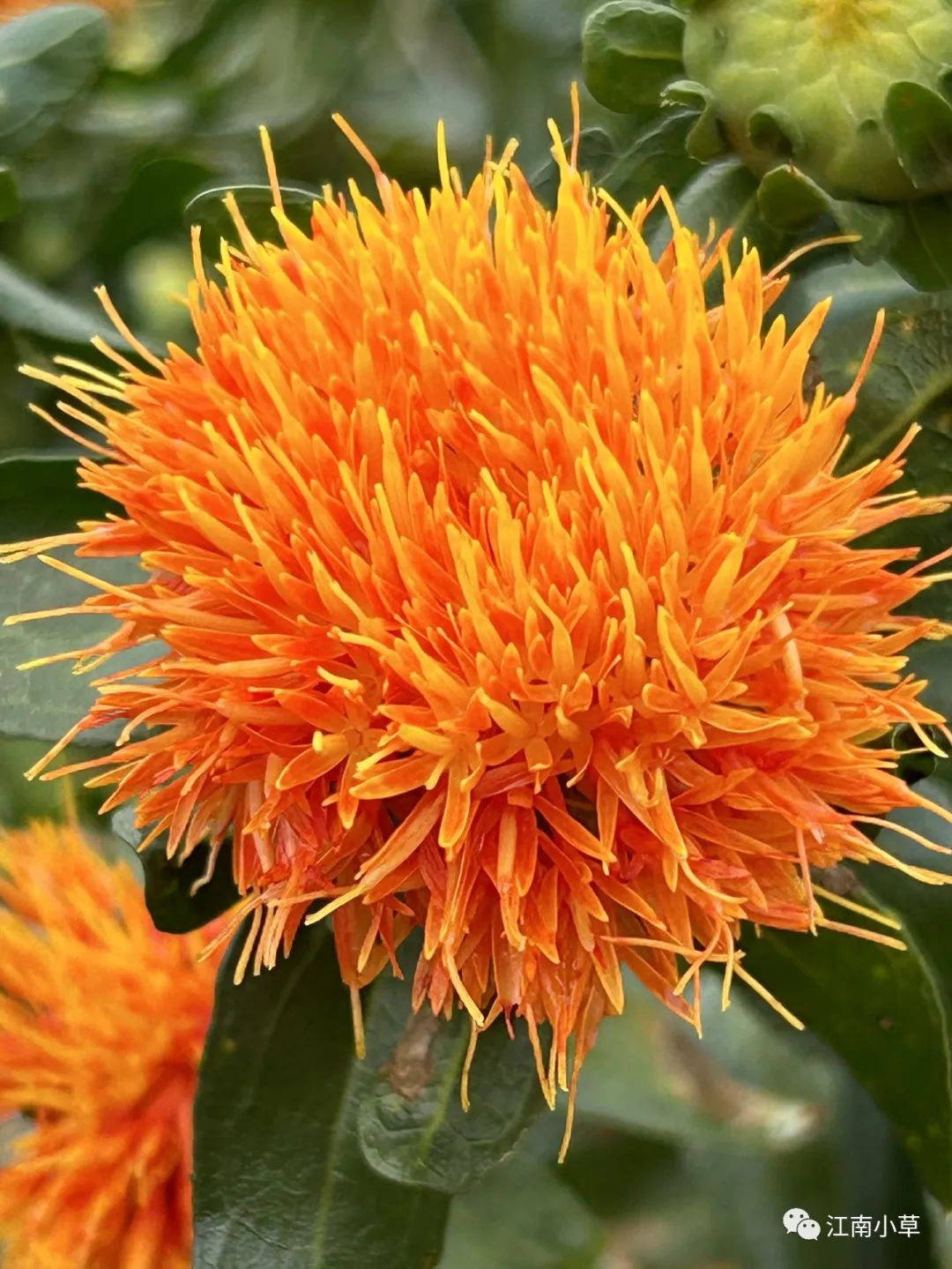 2023-6-6 Photographed at the Chinese herbal medicine base of Teacher Zhou Xiaoren
2023-6-6 Photographed at the Chinese herbal medicine base of Teacher Zhou Xiaoren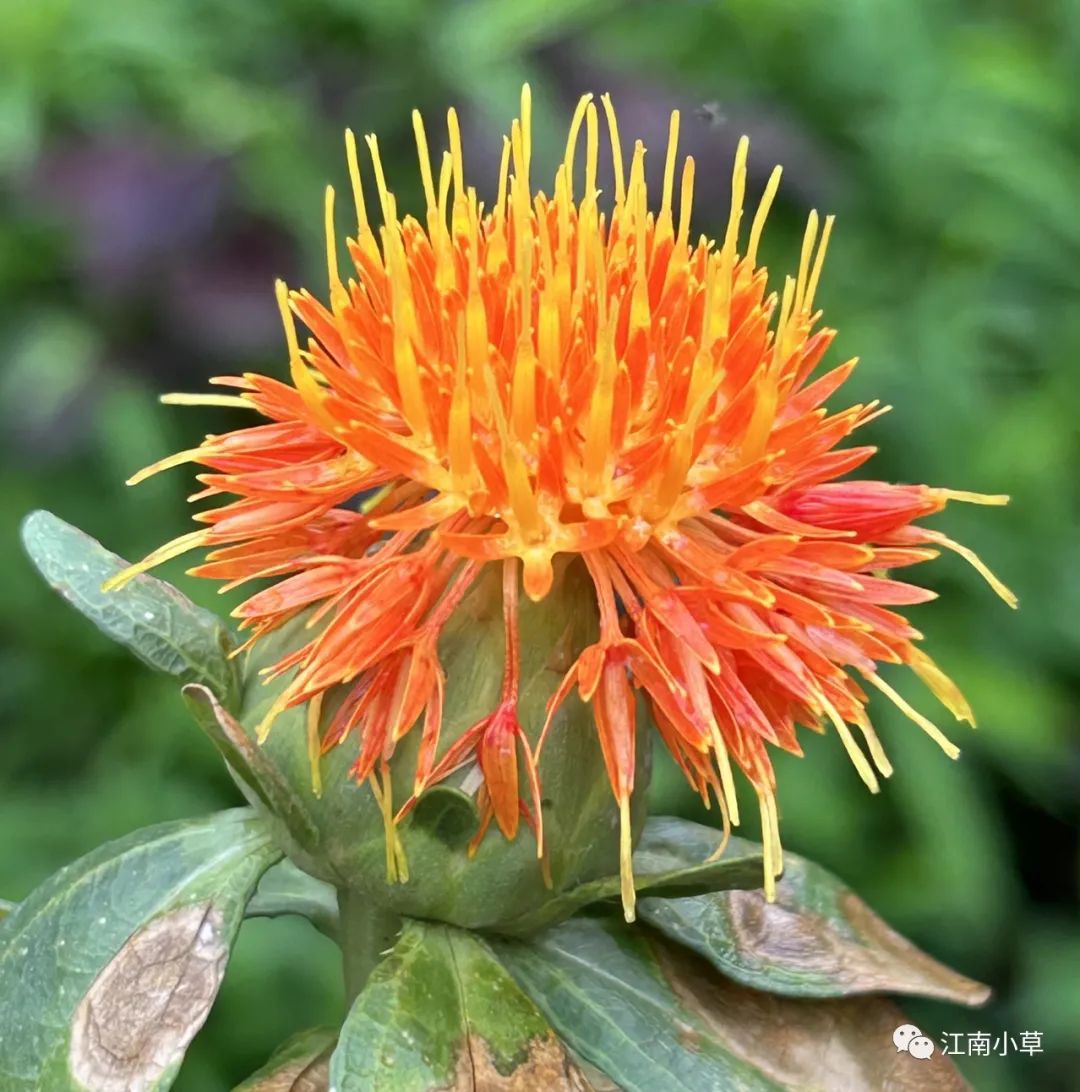
2023-6-6 Photographed at the Chinese herbal medicine base of Teacher Zhou Xiaoren
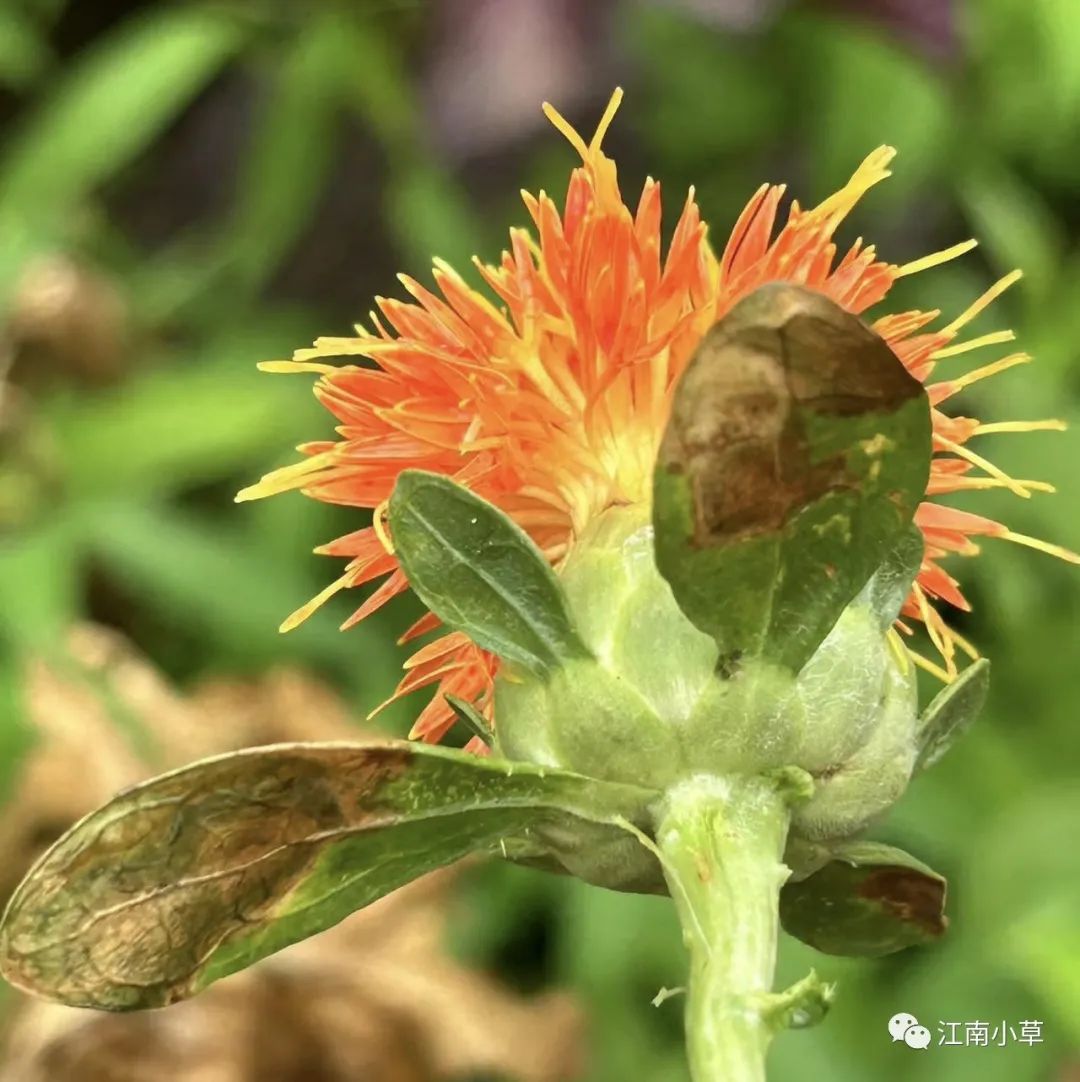
2023-6-6 Photographed at the Chinese herbal medicine base of Teacher Zhou Xiaoren

2023-6-6 Photographed at the Chinese herbal medicine base of Teacher Zhou Xiaoren
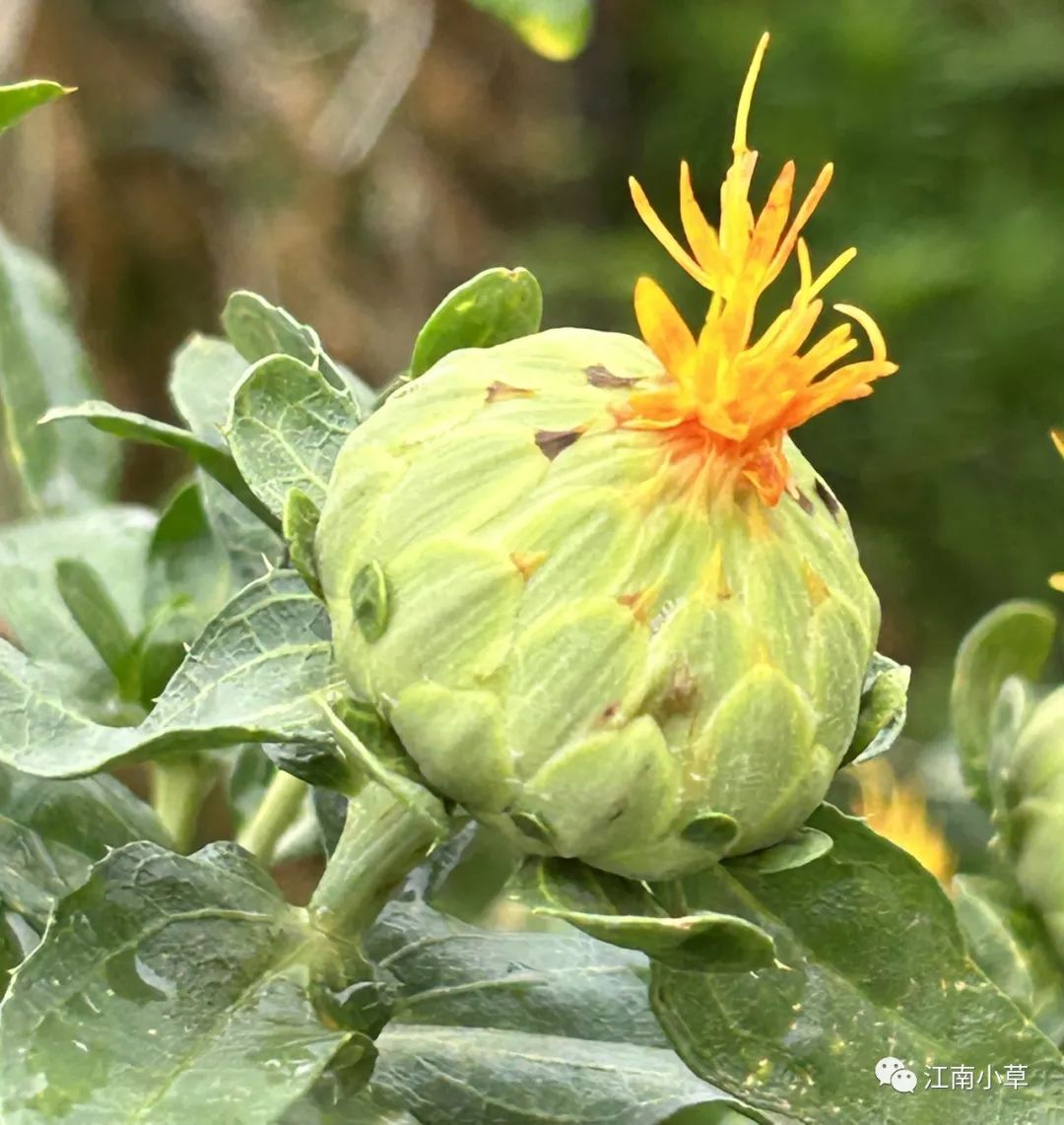
2023-6-6 Photographed at the Chinese herbal medicine base of Teacher Zhou Xiaoren
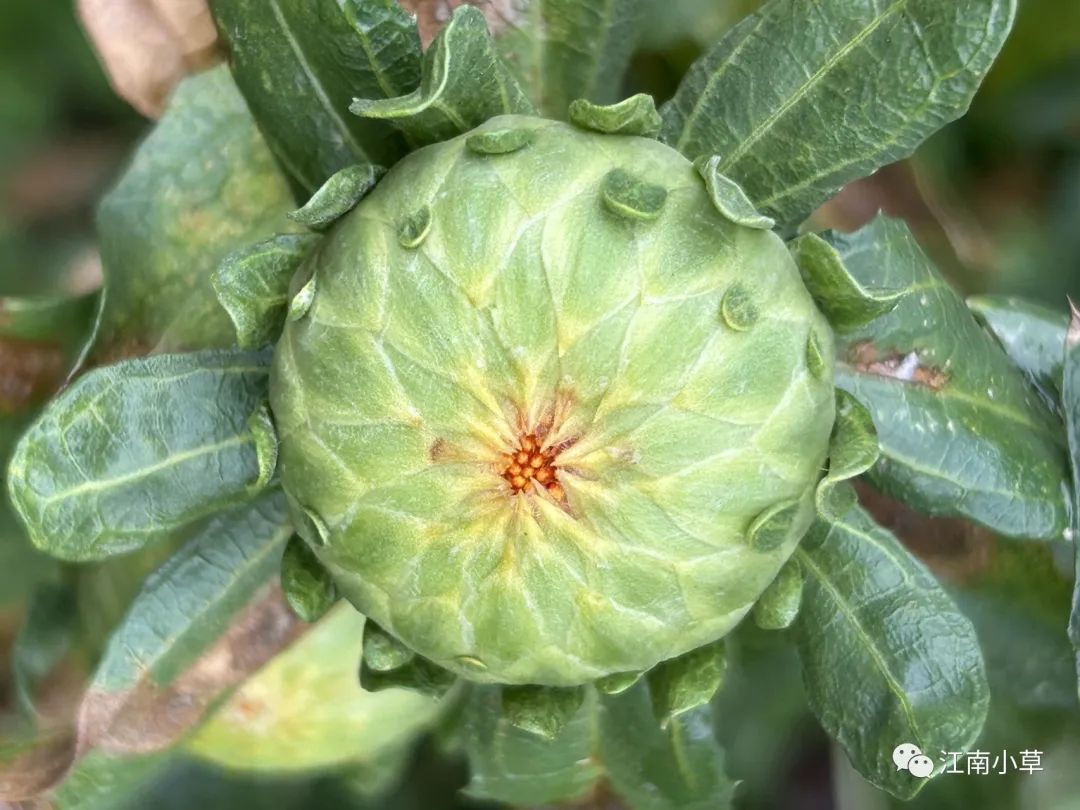
2023-6-6 Photographed at the Chinese herbal medicine base of Teacher Zhou Xiaoren
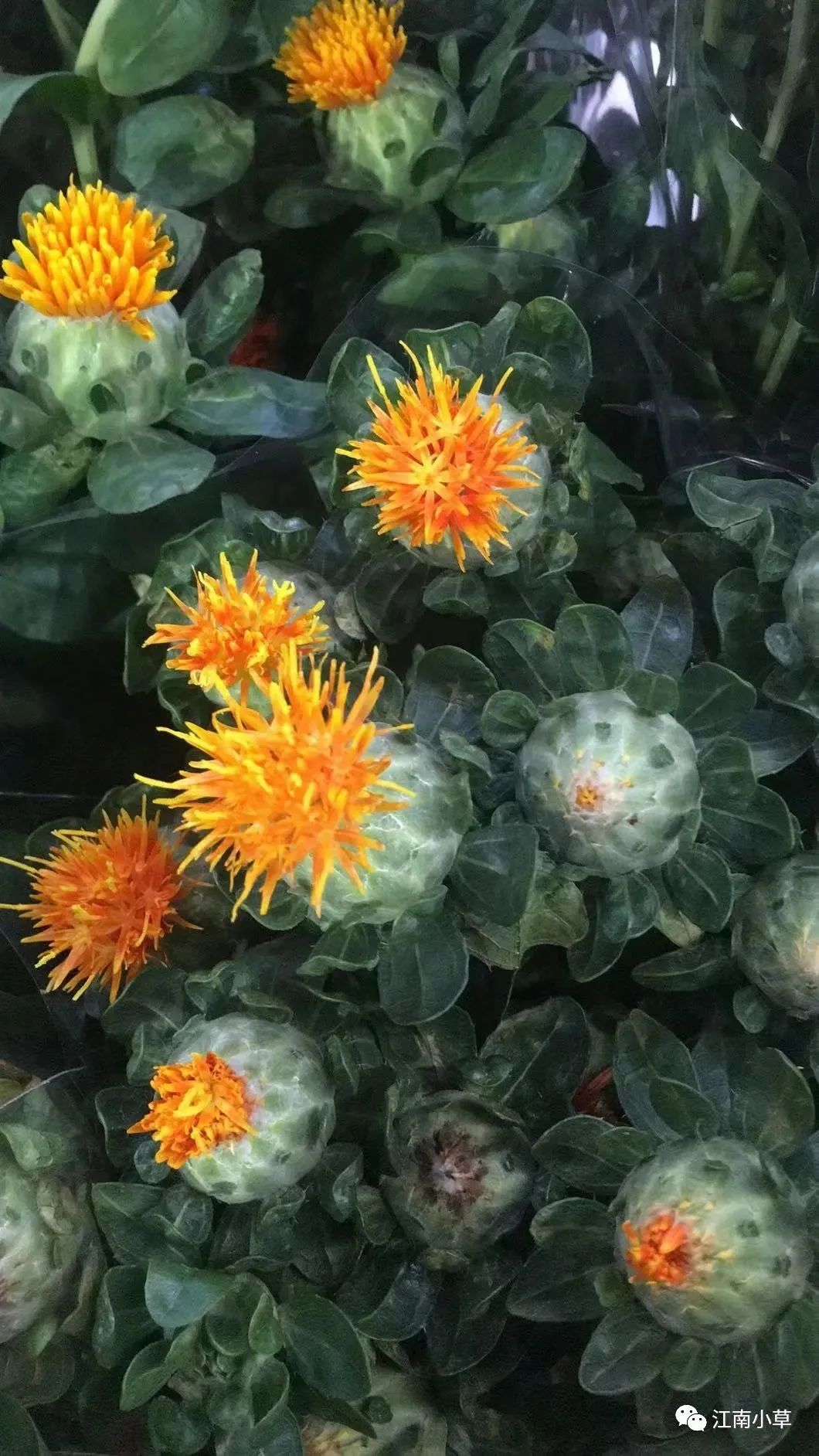
2021-6-3 Photographed at Hangzhou Binjiang
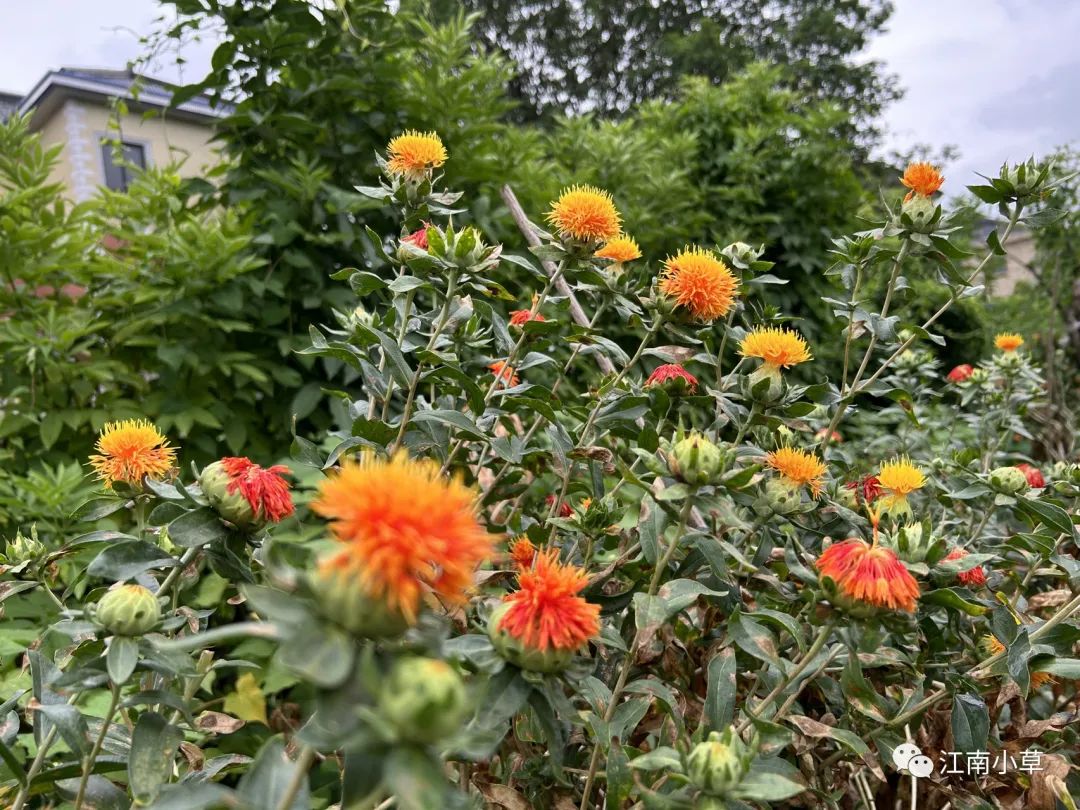
2023-6-6 Photographed at the Chinese herbal medicine base of Teacher Zhou Xiaoren
The following section is excerpted from “Complete Book of Chinese Herbal Prescriptions” on Honghua
Honghua: Also known as: Grass Safflower, Thorn Safflower, Du Honghua, Jin Honghua.
【Taste and Properties】Warm in nature, spicy in flavor.
【Functions】Activates blood circulation and regulates menstruation, dispels blood stasis, and alleviates pain. Used for amenorrhea, dysmenorrhea, retained lochia, abdominal masses, trauma, and painful sores. 【Dosage】3-9 g. Use with caution in pregnant women.
【Proven Formulas】
① Preventing bedsores: Honghua 3 g, add 100 ml of water, soak for 2 hours in winter, 30 minutes in summer, until the soaking liquid turns rose red. Use 4 ml of the soaking liquid in the palm of your hand, gently rub the prone areas for 10-15 minutes each time.
② Dysmenorrhea: Honghua 6 g, Jixueteng 24 g, decoct with yellow wine as needed.
③ Contact dermatitis: Honghua 10 g, Dahuang 10 g, Huangbai 10 g, Mudanpi 10 g, add 1000 ml of water, soak for 1 hour, boil for 10 minutes, and decoct until 250 ml remains, then filter and take.
④ Amenorrhea: Honghua 6 g, Danggui 6 g, Taoren 14 pieces, Chuanxiong 9 g, Shudihuang 9 g, Chishaoyao 9 g, decoct and take.
⑤ Acute lumbar sprain: Honghua 10 g, 2 eggs, mix Honghua with eggs and stir-fry in oil (without salt) to eat.
⑥ Keratotic tinea pedis: Honghua 30 g, Danggui 30 g, Taoren 30 g, Qingmuxiang 60 g, soak in 1 kg of rice vinegar, and use it to soak the affected area once a day for 20 minutes.
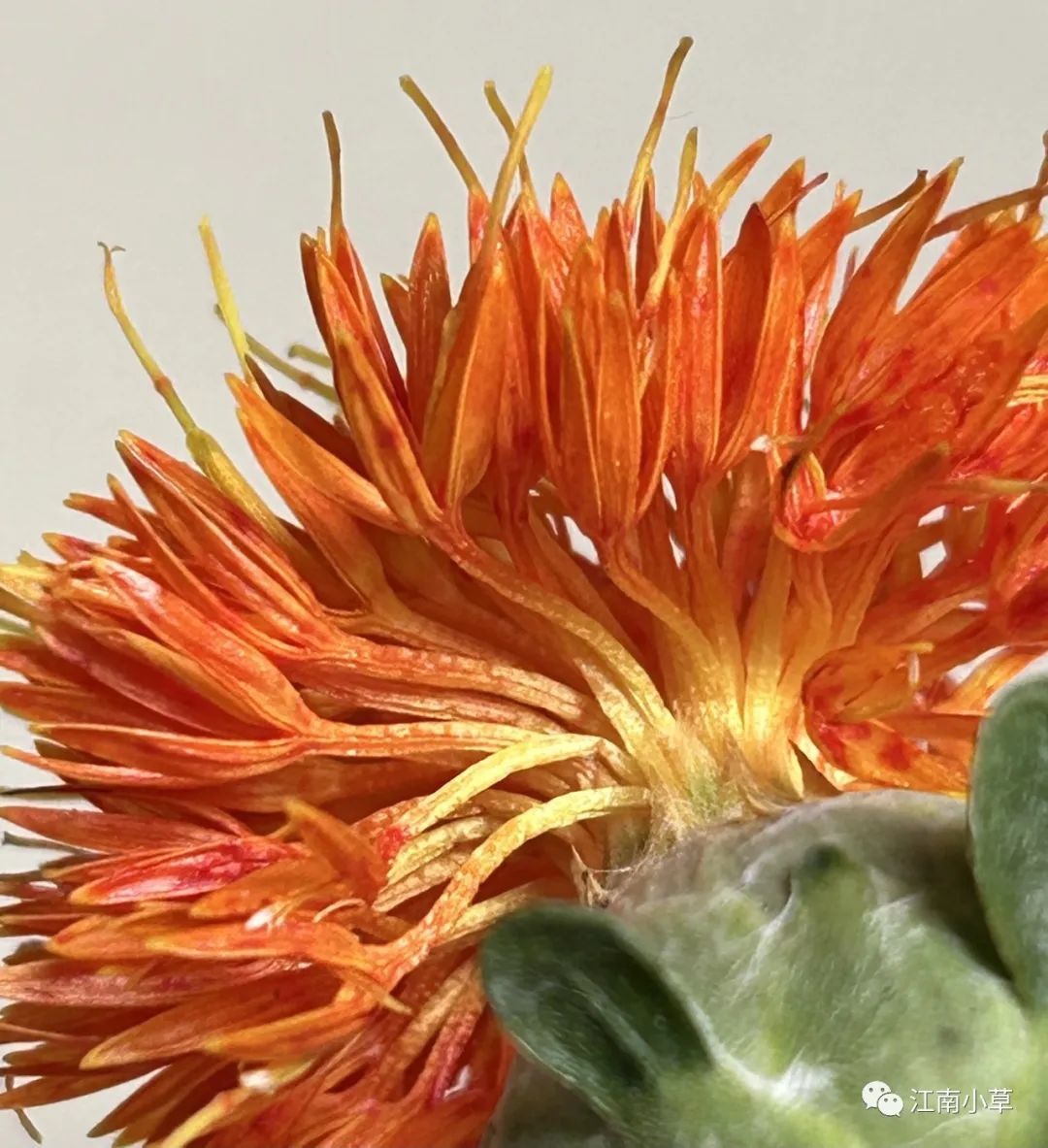
2023-6-6 Photographed at the Chinese herbal medicine base of Teacher Zhou Xiaoren
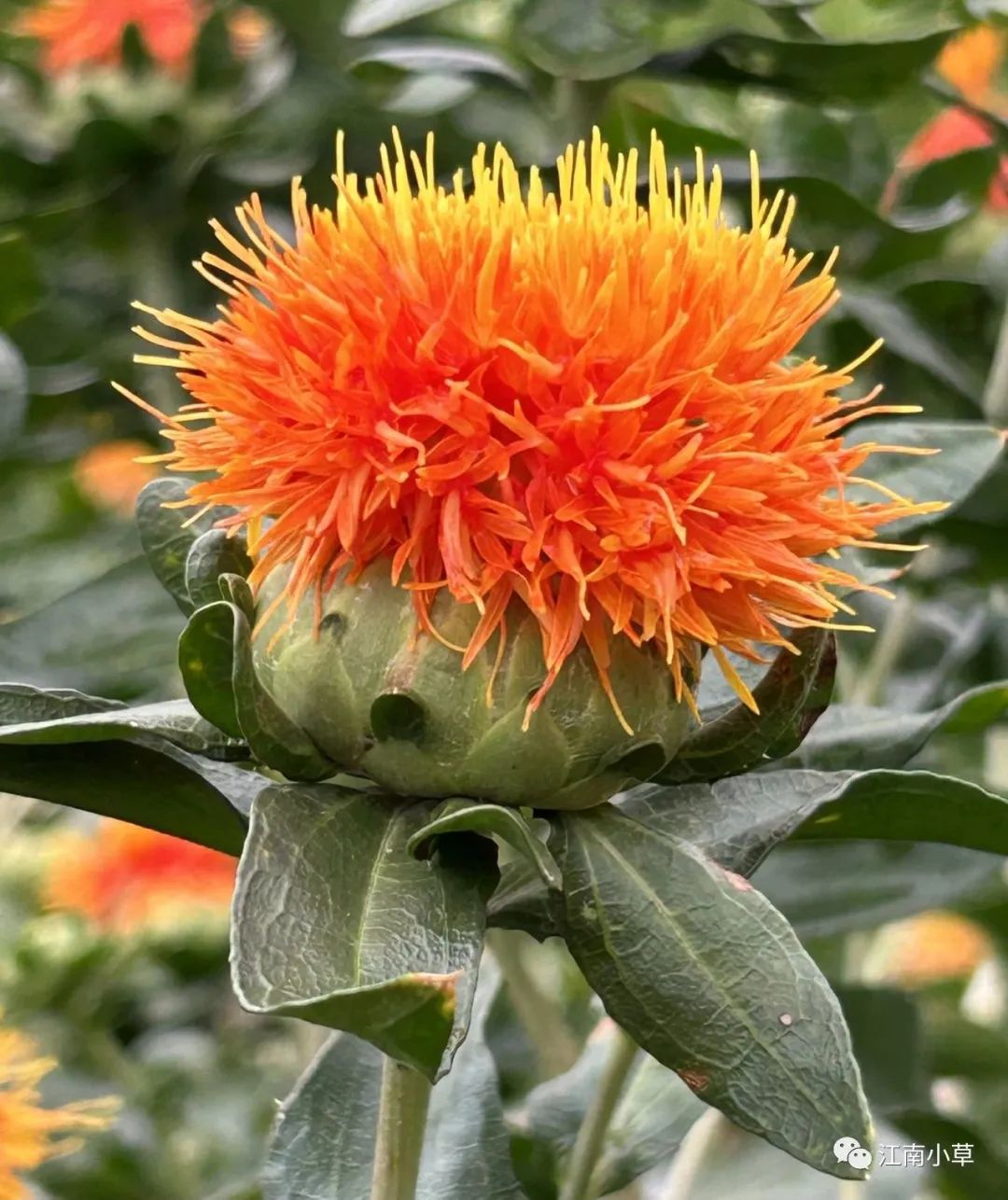 2023-6-6 Photographed at the Chinese herbal medicine base of Teacher Zhou Xiaoren
2023-6-6 Photographed at the Chinese herbal medicine base of Teacher Zhou Xiaoren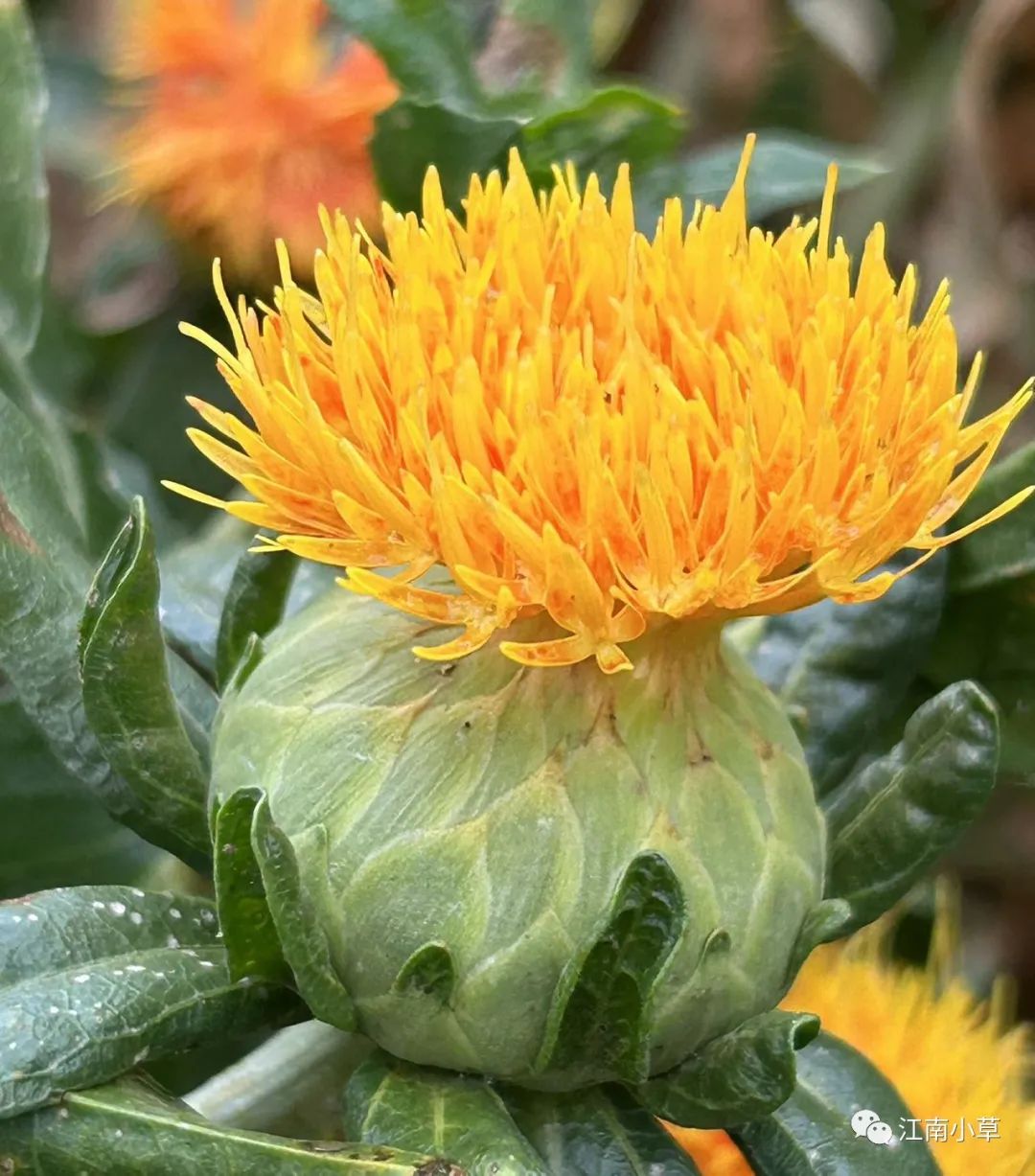 2023-6-6 Photographed at the Chinese herbal medicine base of Teacher Zhou Xiaoren
2023-6-6 Photographed at the Chinese herbal medicine base of Teacher Zhou Xiaoren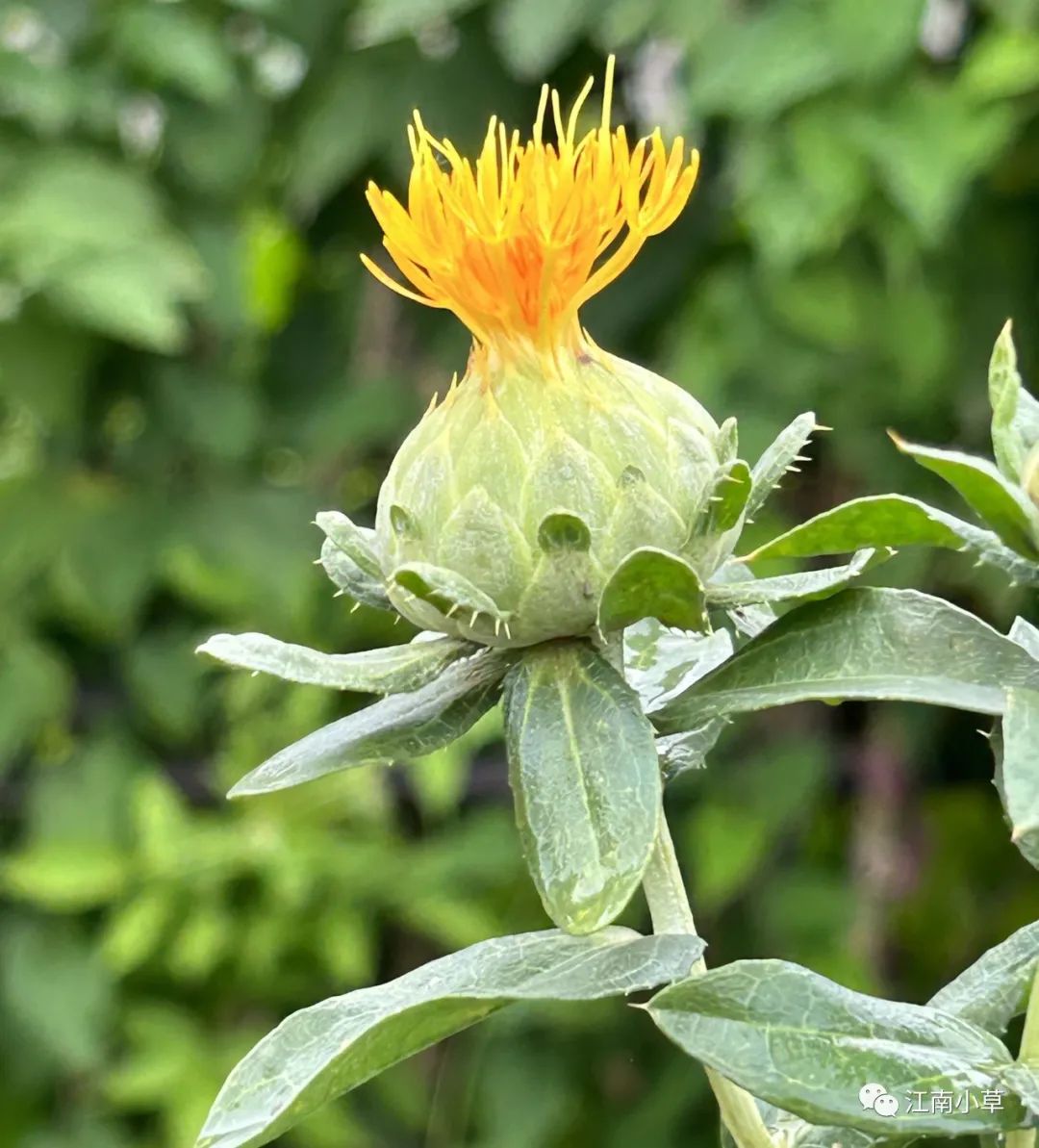 2023-6-6 Photographed at the Chinese herbal medicine base of Teacher Zhou Xiaoren
2023-6-6 Photographed at the Chinese herbal medicine base of Teacher Zhou Xiaoren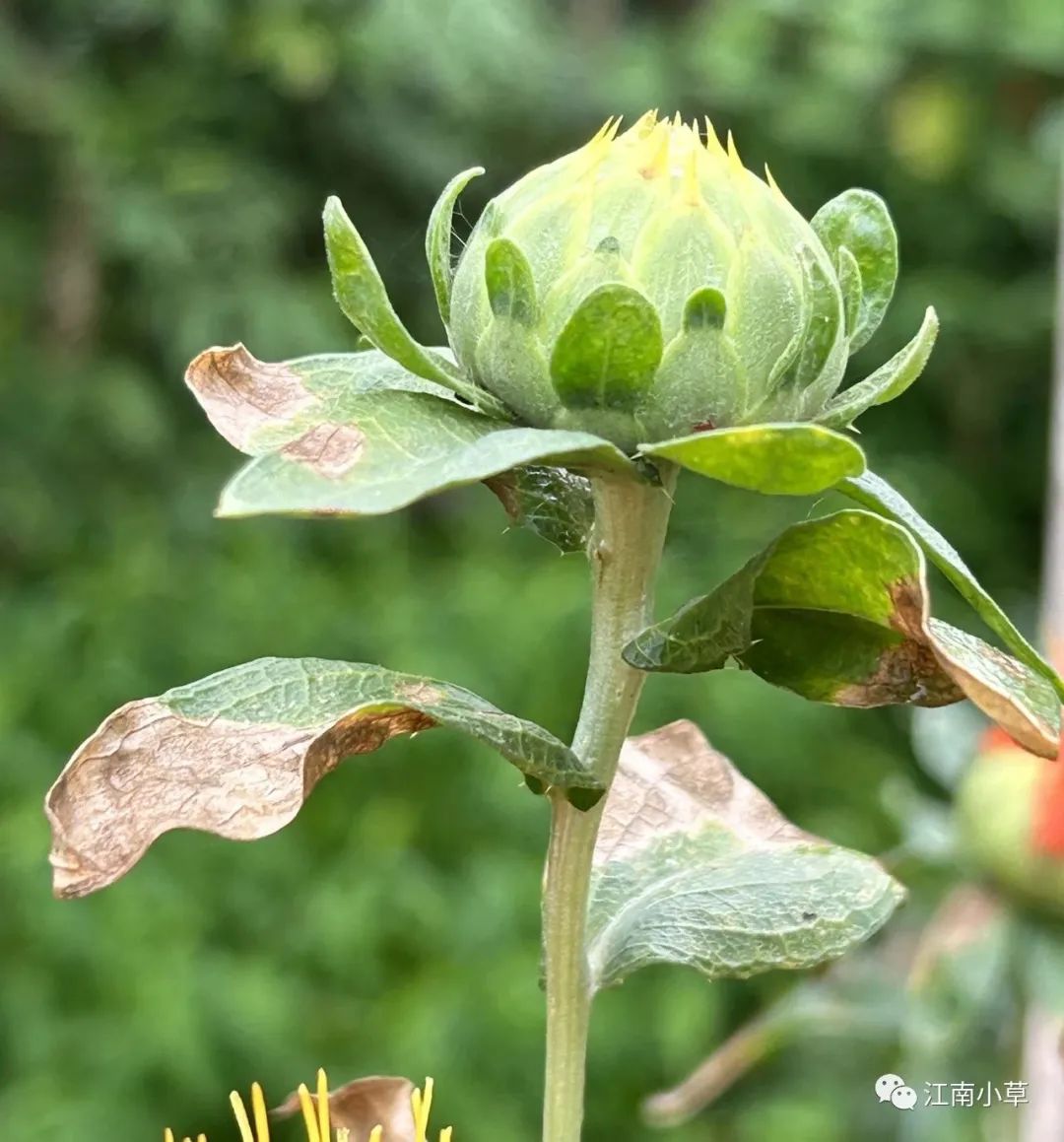 2023-6-6 Photographed at the Chinese herbal medicine base of Teacher Zhou Xiaoren
2023-6-6 Photographed at the Chinese herbal medicine base of Teacher Zhou Xiaoren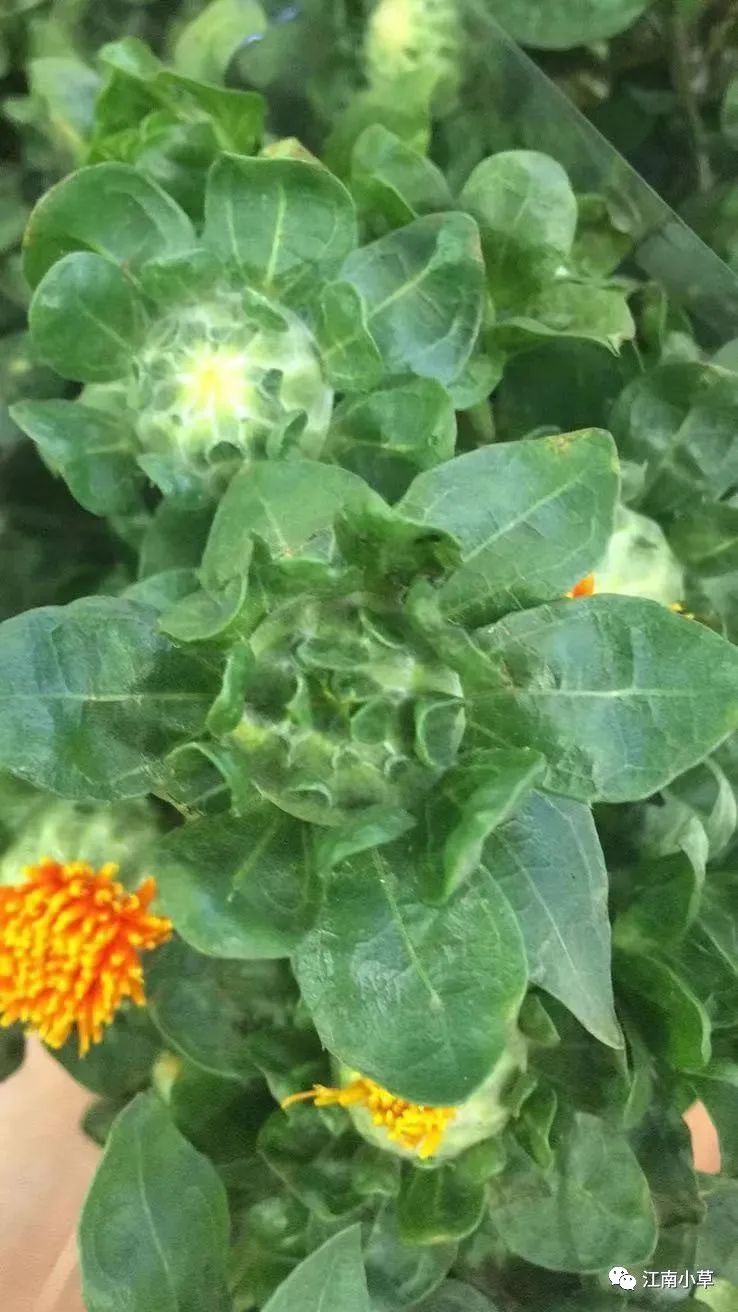
2021-6-3 Photographed at Hangzhou Binjiang

2023-6-6 Photographed at the Chinese herbal medicine base of Teacher Zhou Xiaoren

